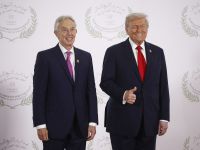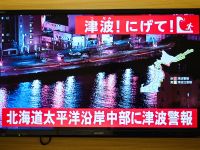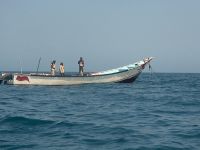Iran is negotiating with the World Bank for receiving loans to implement health and safety projects.
Behrouz Alishiri, the head of Organization for Investment, Economic and Technical Assistance of Iran, said the country has called for receiving financial assistance to combat air pollution in Tehran and other big cities, which has reached an alarming level, and to revive Lake Urmia, which has been drying up due to overuse of the waters flowing into the river and declining rainfall.
World Bank loans will be also used to improve road safety and to deal with hard-to-cure diseases, like cancer, the IRNA news agency quoted Alishiri as saying on Tuesday.
On April 14, Iranian Finance and Economic Affairs Minister Ali Tayyebnia said the World Bank should help Iran financially implement environmental protection, road safety, and natural disaster management projects.
He made the remarks in a meeting with the World Bank’s Vice President of the Middle East and North Africa Inger Andersen on the sidelines of the IMF/WB Annual Spring Meeting in Washington.
The World Bank forecasted in its Global Economic Prospects report that Iran’s gross domestic product (GDP) will grow by 1 percent in 2014.
The report, which was published in January, predicted 1.8 percent and 2 percent GDP growth for Iran in 2015 and 2016, respectively. Iran’s GDP growth was -1.3 percent in 2013.
In September 2013, the World Bank removed Iran from its list of deadbeat borrowers, saying the Islamic Republic had paid outstanding loan amounts.
The Bank said that its key lending unit, the International Bank for Reconstruction and Development, “has moved all loans to the Islamic Republic of Iran from non-performing status to performing status following the payment of all overdue amounts on these loans.”
The Bank has not lent any new money to Iran since 2005. It said it complies with United Nations and other international sanctions against the country, AFP reported.







